Helping leaders to move with intention
Building great products and running a successful business requires taking care of your people. An organization shouldn’t be focused solely on serving its markets, it should also acknowledge and reinforce that the greatest contributors to its success are the people in it.
Our Book
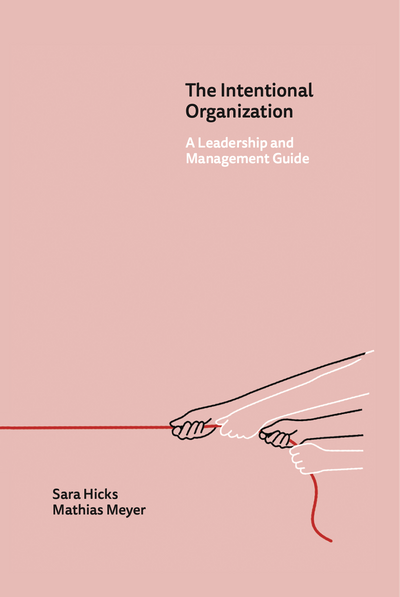
Great products flow from diverse teams, deliberate processes, and a culture that nurtures different ideas and perspectives. With our book, you’ll learn how to create an environment that values people as humans rather than resources, solve the most common organizational problems in simple and practical ways, and find inspiration on how to lead your teams more effectively.
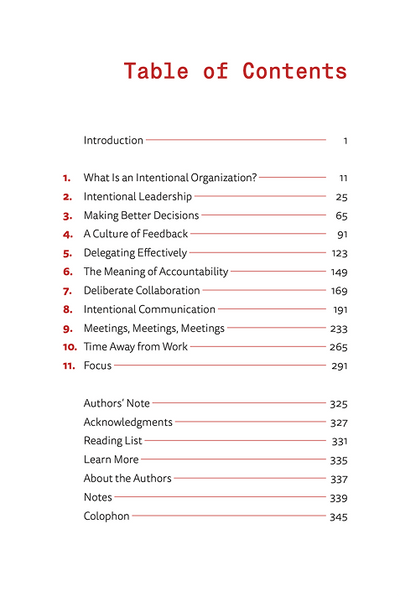
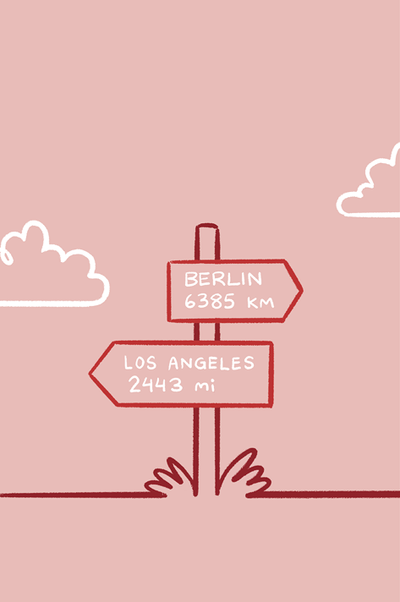

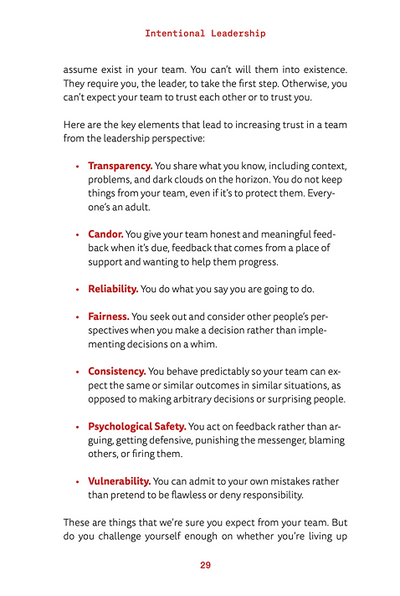
Hi! We're Sara and Mathias
We’re both former founders and experienced leaders who have built products and teams from the ground up. We now coach leaders at companies of all stages, helping our clients to become more confident in their leadership through an intentional approach to management. We believe that people thrive in environments where they have clarity on what needs to be done, challenges that give them opportunities to learn, to improve, and to shine, and situations where everyone has a voice.
Read our story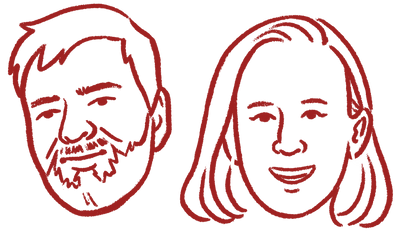
In a business landscape obsessed with hypergrowth and rapid scaling, this book dares to advocate for something revolutionary: building something that lasts. Through practical frameworks and honest reflection, Sara and Mathias demonstrate that true leadership isn’t about driving your teams harder—it’s about creating an environment where both people and profits can flourish sustainably—making this essential reading for anyone determined to develop teams and products that matter. —Jenny Herald COO
This book is about sweating the small stuff—and for good reason. Sara and Mathias, both founders and CEOs with proven track records, offer a wealth of ‘been there, done that’ insights. Their practical frameworks and real-world guidance make this book stand out as an invaluable resource for leaders at any level. —Maria Thomas CEO Sunday Health
In an era dominated by relentless hustle, this book invites leaders to slow down and reflect on what truly matters. Through practical frameworks and insightful reflections, Sara and Mathias guide you in cultivating teams that thrive without burning out. This is the roadmap to building companies where everyone flourishes. —James Turnbull CTO
Our Journal
Here are our latest thoughts about how businesses and their leaders operate:
9 July 2025
Dropped Batons! What Relay Races Have Taught Us About Our Business Partnership
During our European book tour for our book, The Intentional Organization, we gave a conference talk on intentional communication and “not dropping the baton” in teams, all while we were working through our own dropped baton as co-founders. In this honest reflection, Sara shares lessons from navigating conflict, reconnecting through our RAD framework (Reflect, Assess, Do), and rediscovering that our partnership—not the book or business—is the true vessel. This is a must-read for founders, leaders, and teams navigating the messy beauty of working relationships.
8 April 2025
Our Book is Now Available!
We're thrilled to announce that the book is finally available for purchase. To celebrate this big occasion, we recorded a podcast episode to share a few stories about the origins of the book along with some thoughts on our favorite chapters. We hope you enjoy it!
10 March 2025
We Wrote A Book: It's Available For Preorders!
Back in 2020, we started working on a book to help other founders, executives, and senior leaders on their journey in management. Today we're thrilled to announce that the book is finally available for preorder. Read on for more on the cover and our journey!
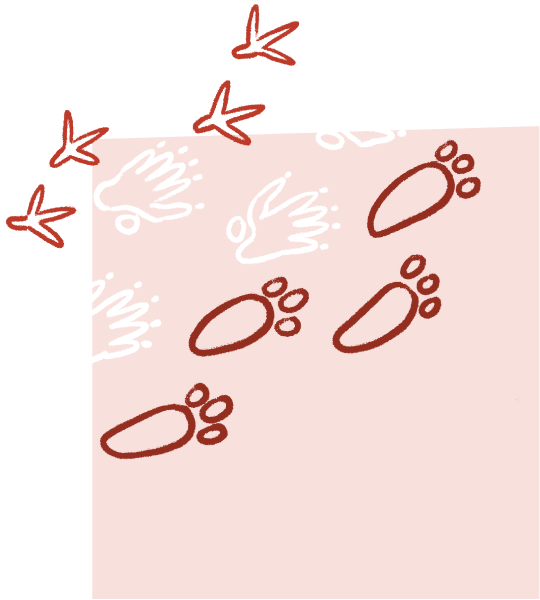
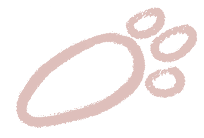
The Intentional Organization is a must-read for any leader committed to creating a thriving and humane workplace. This book is filled with practical advice and thoughtful reflections that guide leaders through the complexities of modern organizational management. Sara and Mathias have distilled their real-life experiences—their own struggles and challenges—into a clear, actionable framework that emphasizes intentionality, inclusion, and clarity. The emphasis on trust, psychological safety, and clear communication resonates deeply, offering leaders a pathway to build resilient and motivated teams. The Intentional Organization will guide you in transforming your organization into a place where people feel valued, heard, and empowered to achieve great things together and where better humans will make better leaders. —Jerry Colonna author of Reboot: Leadership and the Art of Growing Up and Reunion: Leadership and the Longing to Belong
Read our newsletter
Sign up to receive our journal updates and to get previews of our book.

